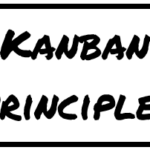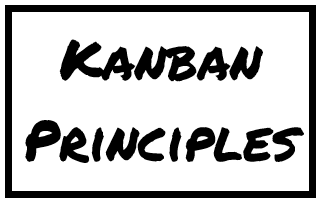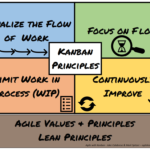Are self-organizing teams better or the same as self-managing teams? What about self-directing teams? Working with teams can be challenging due to change and complexity. So, the idea that we could have self-organizing teams or self-managing teams can sound valuable, scary, or both!
What do these terms mean, and where can they be confusing? Let’s dig into each one.




 “I don’t understand products vs. projects. What’s the difference?”
“I don’t understand products vs. projects. What’s the difference?”







